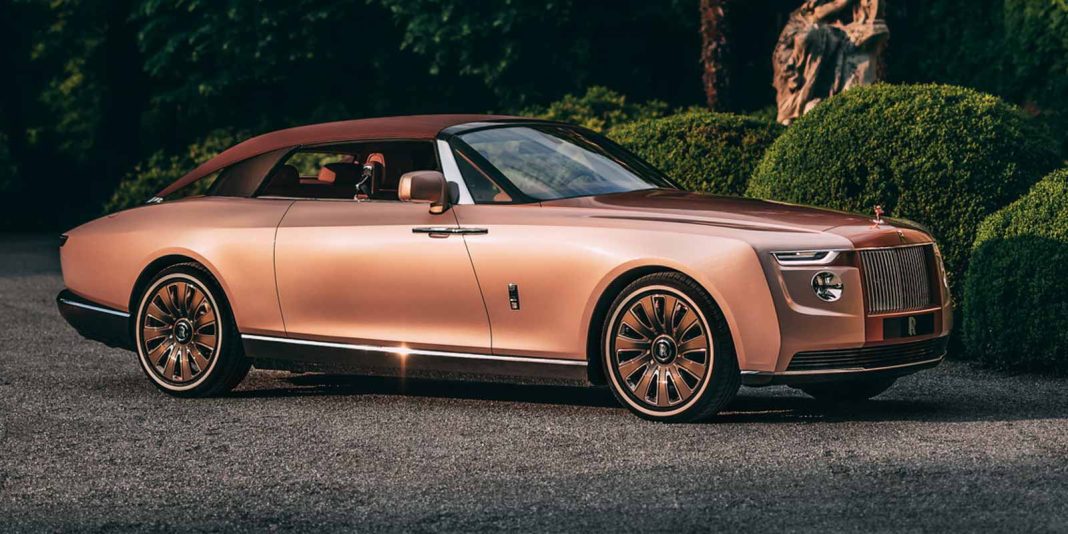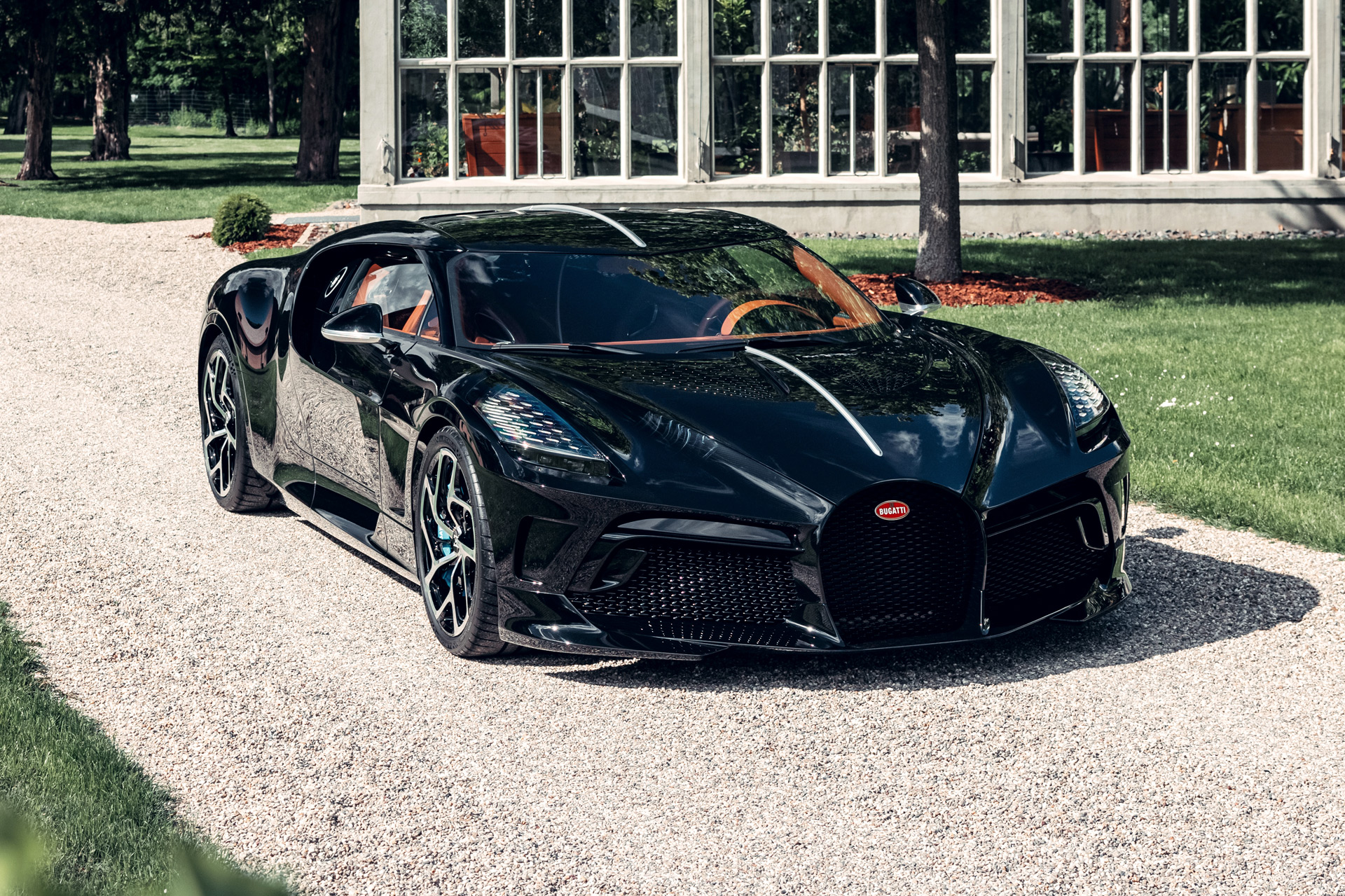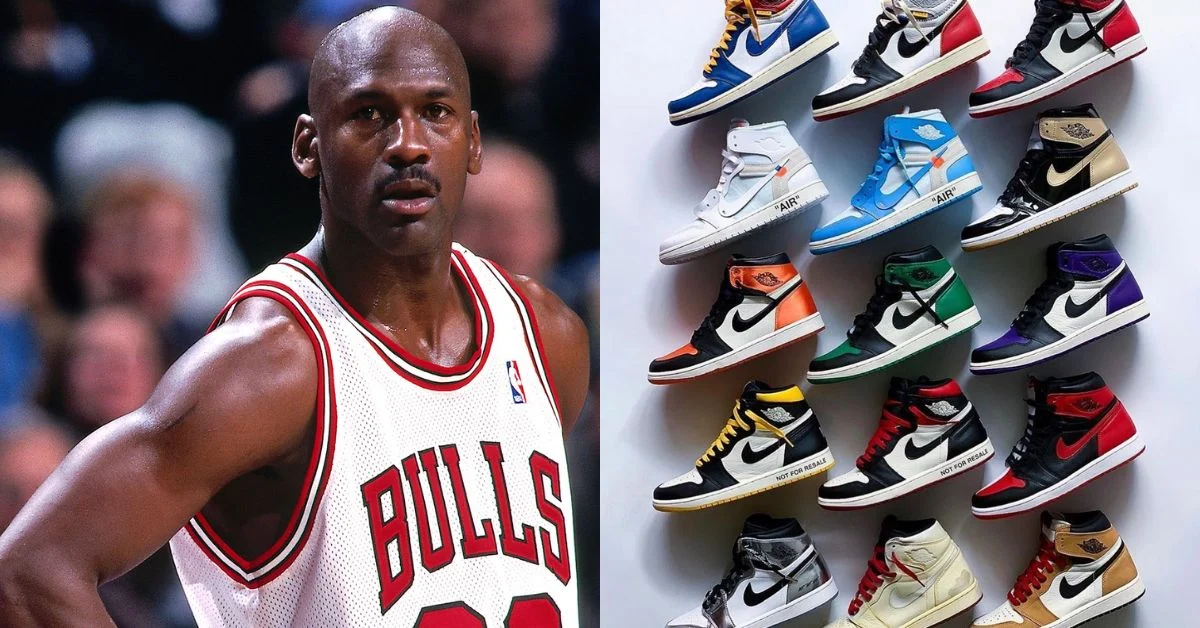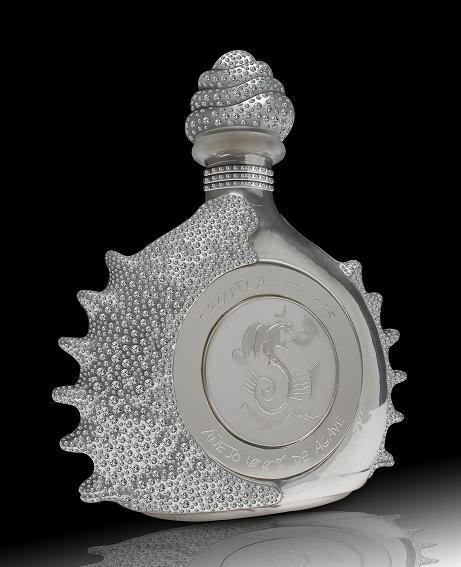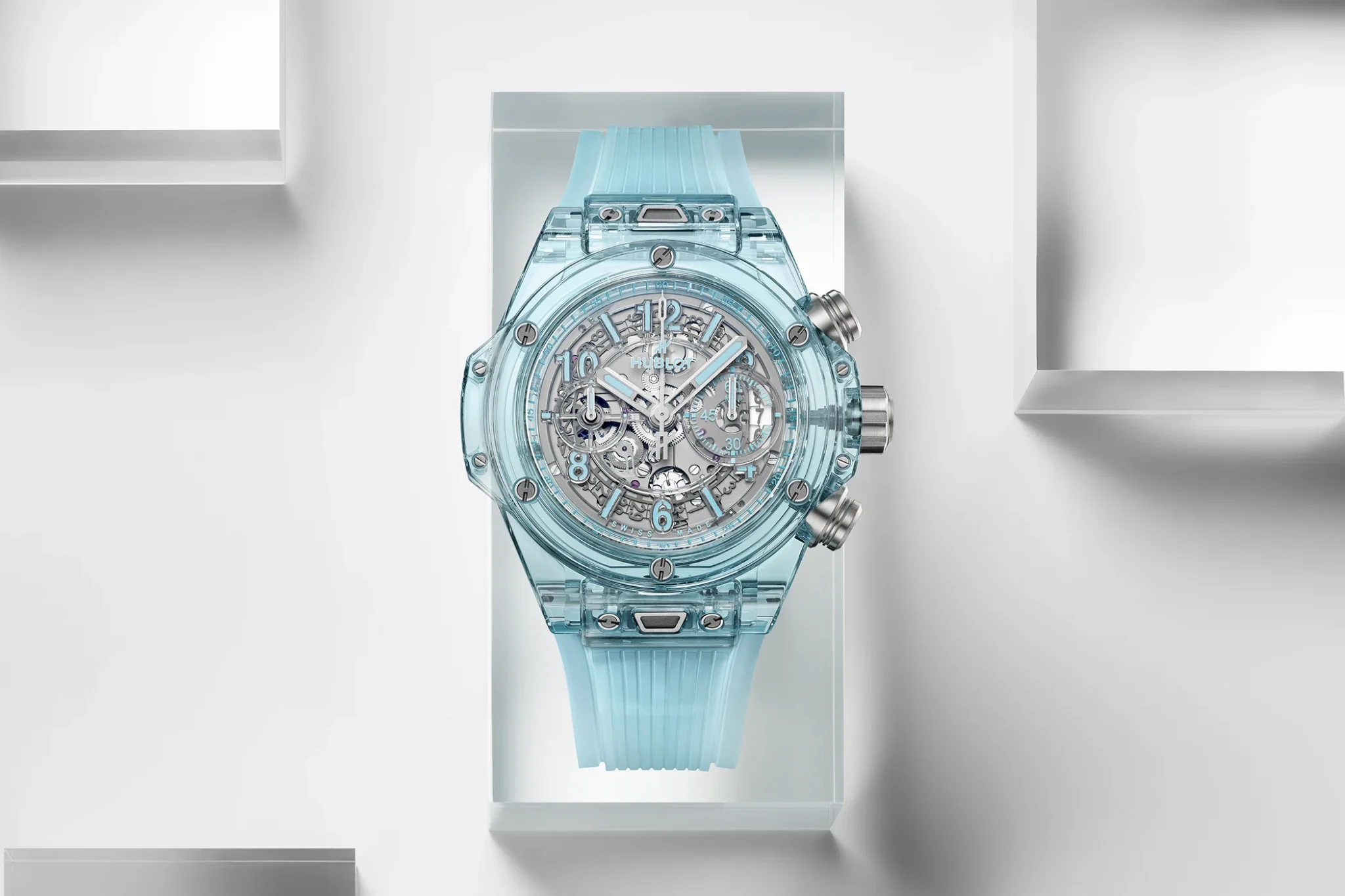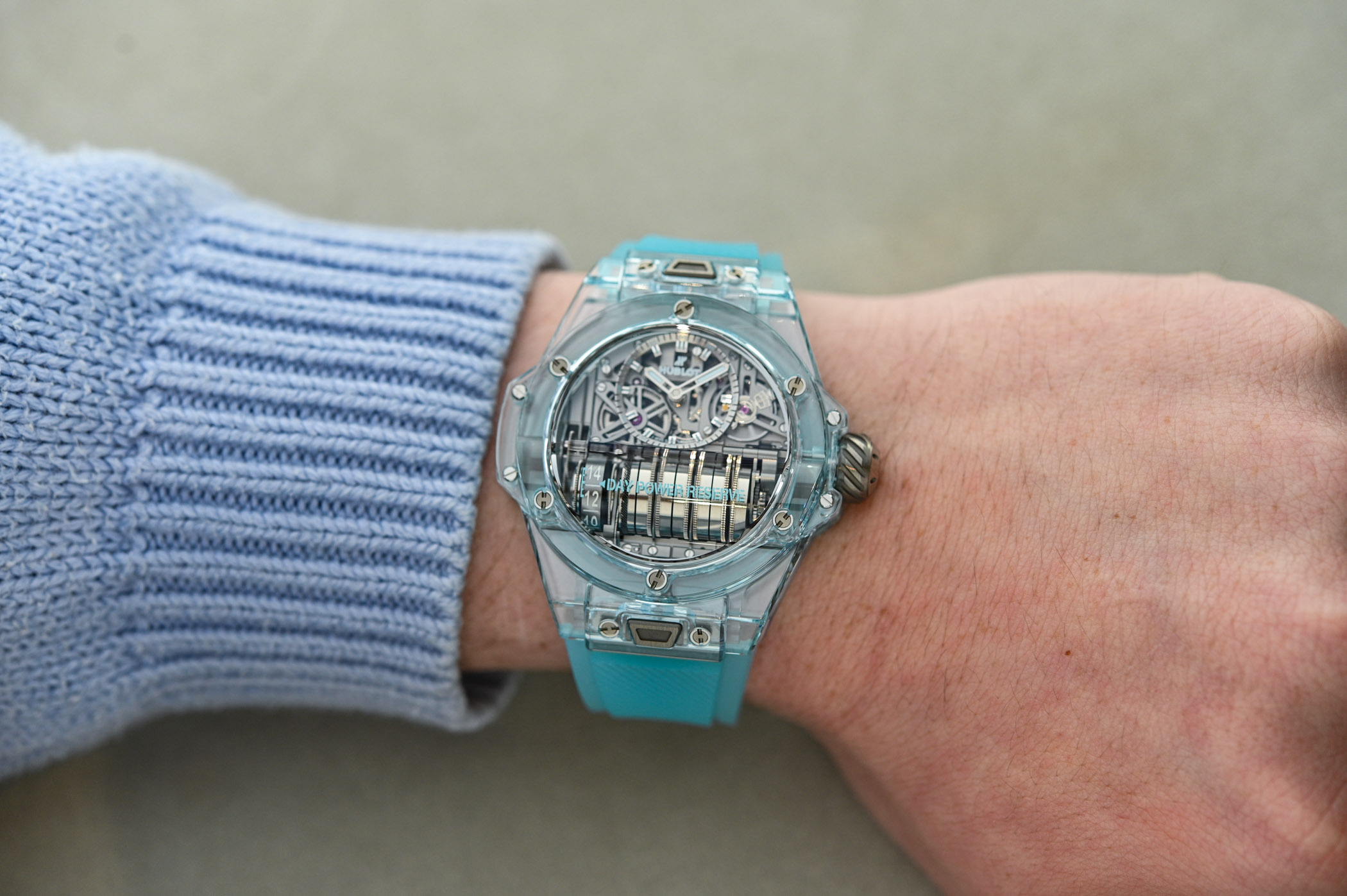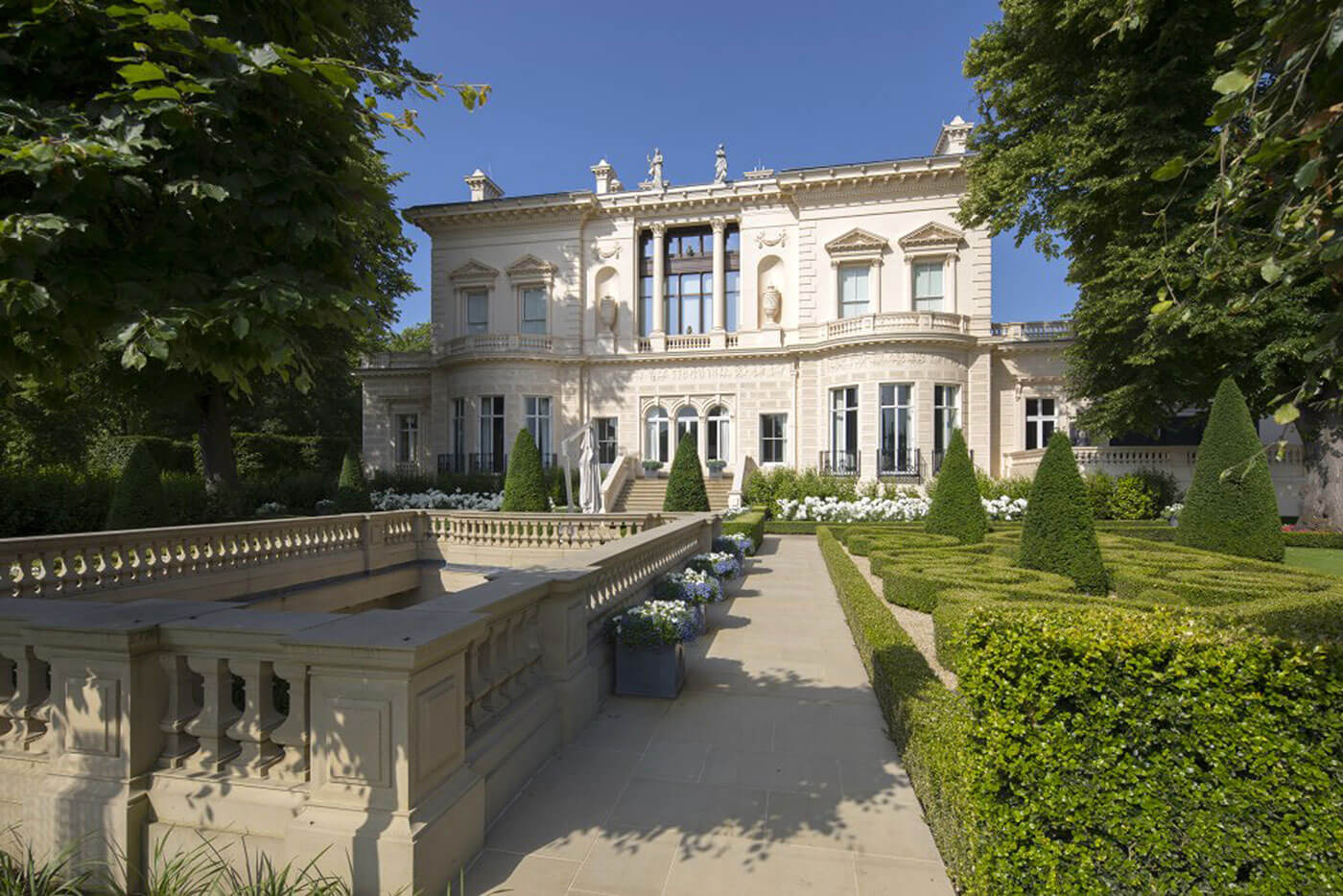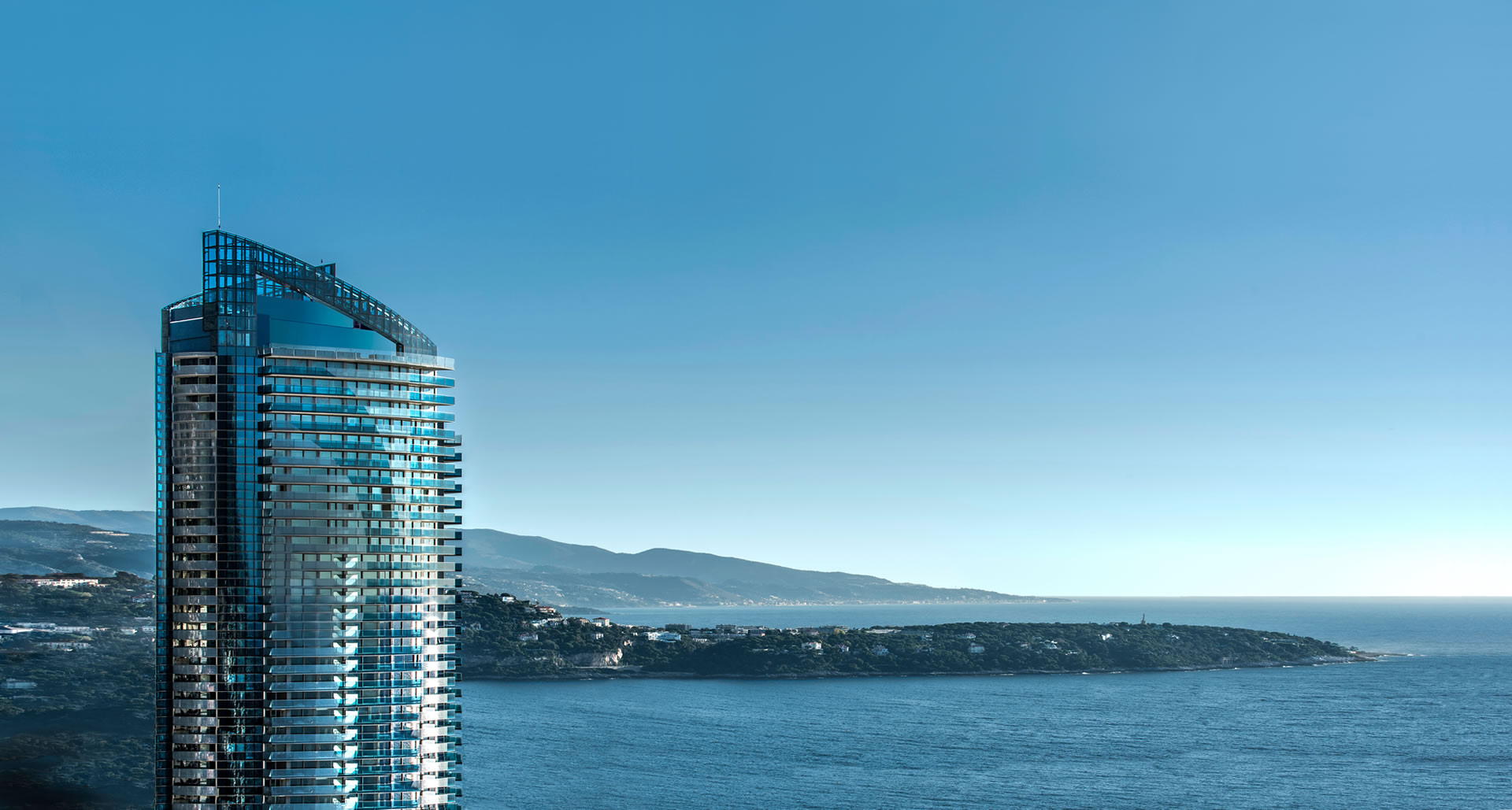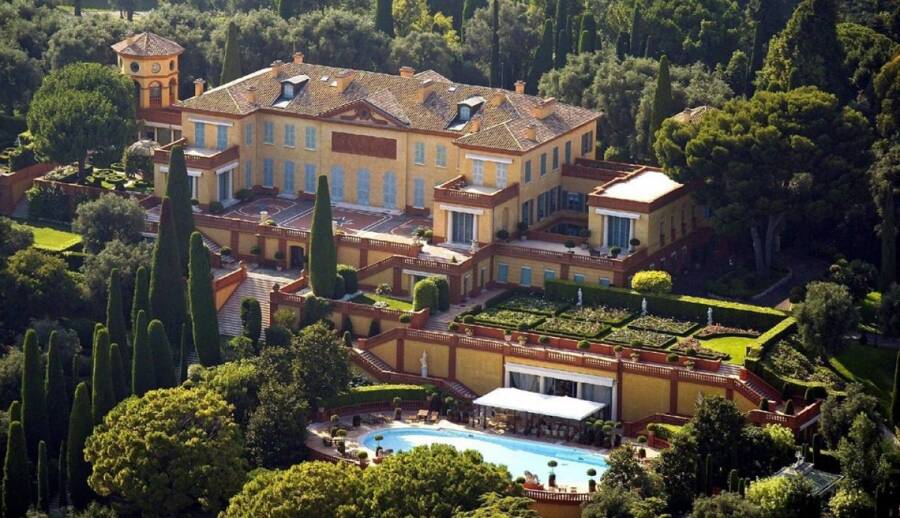World’s Most Expensive Cars in 2025
For true car connoisseurs and elite collectors, the most expensive cars in 2025 represent more than transportation—they're moving works of art. These hyper-luxurious machines redefine the boundaries of performance, craftsmanship, and exclusivity. Engineered with precision and tailored to individual desires, these vehicles stand as powerful symbols of status, legacy, and futuristic design.
Let’s take a deep dive into the top 10 most expensive cars in the world in 2025, and explore what makes each model a timeless icon of luxury and performance.
Top 10 Most Expensive Cars in the World (2025)
| Rank | Car Name | Price (USD) | Key Highlights |
|---|---|---|---|
| 1 | Rolls-Royce La Rose Noire Droptail | $30 million | Custom sycamore wood interior, removable roof |
| 2 | Rolls-Royce Boat Tail | $28 million | Yacht-style rear deck, champagne hosting suite |
| 3 | Bugatti La Voiture Noire | $18.7 million | Seamless carbon fiber body, 8.0L W16 engine |
| 4 | Pagani Zonda HP Barchetta | $17 million | Final Zonda, rare open-top, 3 units made |
| 5 | SP Automotive Chaos | $14.4 million | 3,000 hp, aerospace materials, “ultracar” |
| 6 | Rolls-Royce Sweptail | $13 million | One-off design, full-length glass roof |
| 7 | Bugatti Centodieci | $9 million | Tribute to EB110, 1,600 hp, 10 units only |
| 8 | Mercedes-Maybach Exelero | $8 million | V12 powerhouse, 1930s-inspired coupe |
| 9 | Pagani Huayra Codalunga | $7.4 million | Long-tail aerodynamics, limited to 5 |
| 10 | Bugatti Divo | $5.8 million | Track-optimized design, 40 units globally |
What Makes These Supercars Worth Millions?
Ultra-Limited Production and Personalized Craftsmanship
These vehicles are not mass-produced. In fact, most are limited to fewer than 10 units worldwide. Their rarity alone makes them instant collectibles. But what truly elevates their value is the level of bespoke customization involved. Buyers are often involved in every design decision—from color and materials to dashboard layouts and embedded art pieces.
Next-Generation Performance and Engineering
From multi-million dollar V12 engines to 3,000 horsepower hyperdrive systems, these cars push the envelope of speed and performance. Whether it’s Bugatti’s iconic quad-turbo W16 or SP Automotive’s aerospace-grade components, these machines are marvels of mechanical ingenuity.
Unparalleled Luxury and Aesthetics
Forget leather seats and wood trim—these vehicles offer interiors made of rare sycamore, carbon fiber weaves, and even embedded luxury timepieces. Every detail is meticulously designed to offer an immersive luxury experience, both visually and sensorially.
Deep Dive: The Top 3 Most Expensive Cars of 2025
1. Rolls-Royce La Rose Noire Droptail – $30 Million
The most expensive car in 2025, the La Rose Noire Droptail is a tribute to romance and elegance. Inspired by the Black Baccara rose, it features an artistic 1,603-piece sycamore wood interior designed to mimic falling petals. The vehicle comes with a removable hardtop and a custom Audemars Piguet timepiece built into the dashboard. It's not just a car—it’s a rolling sculpture.
2. Rolls-Royce Boat Tail – $28 Million
This masterpiece takes cues from luxury yachts. With a rear deck that opens into a bespoke hosting suite—complete with a parasol, refrigerator, and custom-made dining ware—it transforms into a mobile celebration venue. Only three exist, each hand-crafted for a private client. It’s a perfect blend of engineering and elegance.
3. Bugatti La Voiture Noire – $18.7 Million
Bugatti’s La Voiture Noire stands as an ode to the legendary Type 57 SC Atlantic. Clad in seamless black carbon fiber, its design is both intimidating and beautiful. Underneath the artistry lies a beast: an 8.0L quad-turbo W16 engine, delivering breathtaking speed and control. A true one-of-one model, it defines what hypercar exclusivity looks like.
Why Are These Cars So Expensive?
1. Exclusivity Breeds Prestige
The fewer the units, the higher the demand. With some cars existing as a single copy in the world, collectors are willing to pay astronomical prices to own something truly unique.
2. Bespoke Personalization
Everything from the stitching of the seats to the dashboard materials can be customized. Some models even integrate family emblems, personal stories, and rare artwork into the car’s design.
3. Cutting-Edge Automotive Technology
High-performance engines, custom suspension systems, advanced aerodynamics, and next-gen infotainment systems—these cars are often testbeds for tomorrow’s technologies.
4. Heritage and Brand Legacy
Owning a Bugatti, Pagani, or Rolls-Royce means becoming part of an elite lineage. These brands carry decades of innovation and prestige that elevate their cars beyond mechanical objects.
A Fusion of Art and Speed
These vehicles are more than just transportation—they’re the pinnacle of automotive art, engineering, and luxury. They speak volumes about the aspirations of those who create them and the desires of those who own them. Whether it’s the intricate woodwork of the La Rose Noire, the yacht-like elegance of the Boat Tail, or the raw power of La Voiture Noire, every car on this list tells a story of ambition and craftsmanship.
The Future of Luxury Driving
As automotive technology advances and the demand for personalization grows, the luxury car market continues to evolve. The most expensive cars in 2025 are not just about speed—they are about making a statement, celebrating craftsmanship, and investing in an exclusive experience.
If you’re a luxury car enthusiast or collector, these cars offer a glimpse into what’s possible when innovation, opulence, and performance converge. Stay tuned for more updates on the world’s most luxurious vehicles and the trends shaping the future of high-end motoring.



